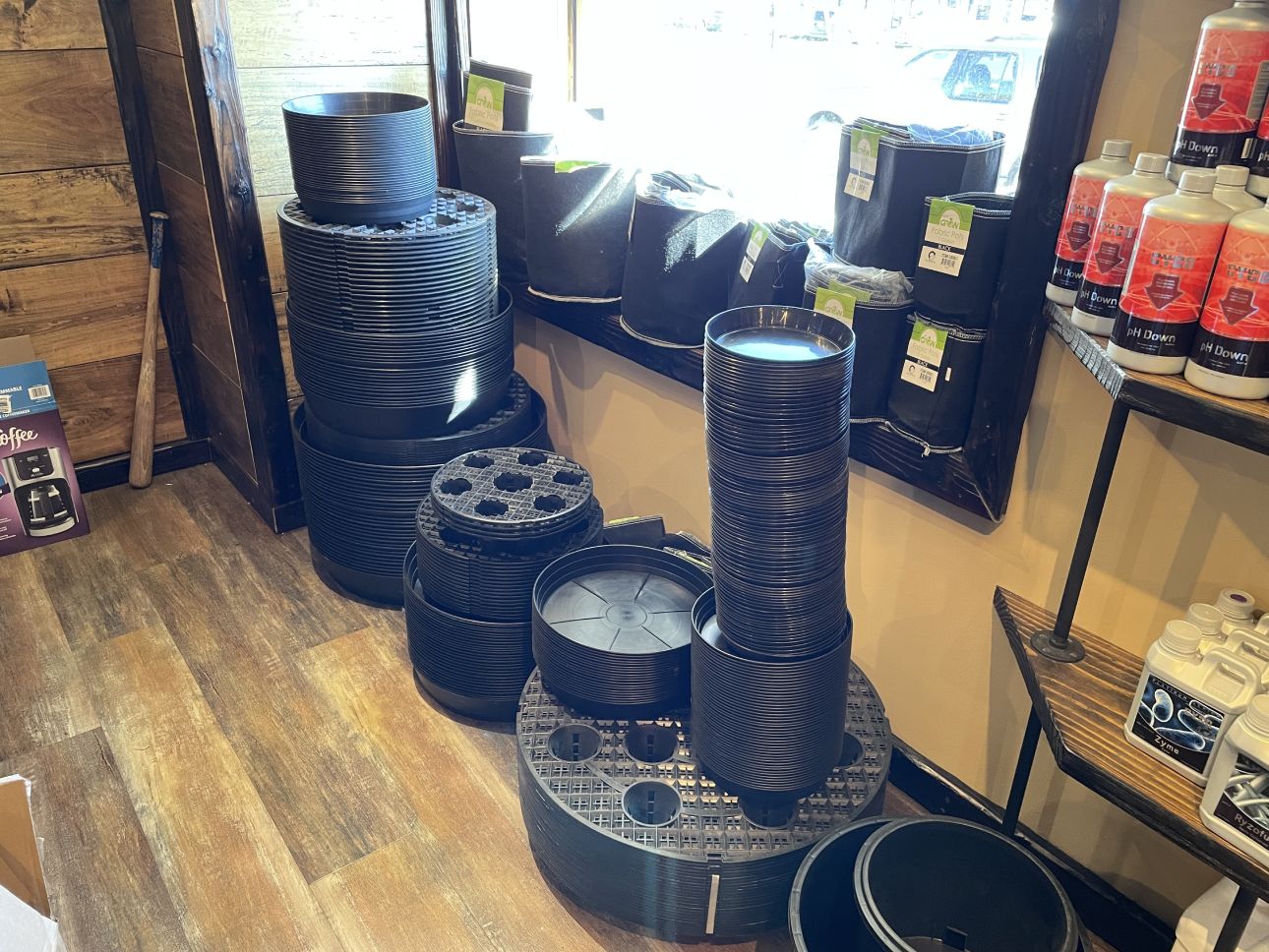Unravel the Keys of Effective Growing with The Indoor Earthworm
Unravel the Keys of Effective Growing with The Indoor Earthworm
Blog Article
Opening the Prospective of Hydroponics: Recognizing Its Uses and Various Types
Hydroponics, an approach of cultivating plants without dirt, has actually garnered enhancing focus for its potential to transform farming and cultivation practices. The accuracy control over nutrient delivery, water use, and environmental elements supplies a glimpse into a future where food production can be maximized in various settings. As we navigate through the complex landscape of hydroponic systems and strategies, it comes to be evident that each approach holds distinct advantages and restrictions. By unwinding the varied usages and kinds of hydroponics, we can uncover a world of possibilities that might improve just how we envision lasting farming and horticulture practices.
Benefits of Hydroponic Systems

One more benefit of hydroponic systems is the capability to grow plants in a smaller area. By getting rid of the need for dirt, plants can be grown vertically or in stacked systems, taking full advantage of making use of offered space. This is particularly helpful in metropolitan areas or regions with limited arable land. Hydroponic systems lower the threat of soil-borne illness and insects, as there is no soil to nurture these dangers. This results in healthier plants and lowers the demand for unsafe chemicals, making hydroponic farming a more environmentally pleasant and sustainable option.
Typical Utilizes in Farming

Provided the efficient water conservation and space-saving benefits of hydroponic systems, it is apparent that these innovative agricultural methods have found common uses in various industries of agriculture. In traditional agriculture, soil-based farming can be labor-intensive and land-consuming. Hydroponics offers a solution by permitting plants to be grown without soil, reducing water usage by approximately 90% contrasted to traditional farming techniques. This makes hydroponics especially suitable for areas encountering water shortage or restricted cultivatable land. The controlled setting of hydroponic systems allows year-round cultivation, giving a constant supply of fresh produce no matter of outside weather problems.
Hydroponics is generally utilized for expanding a range of plants, including leafed greens, tomatoes, cucumbers, peppers, strawberries, and natural herbs. Its versatility prolongs to upright farming, urban farming, and greenhouse production. Furthermore, hydroponic systems are utilized in research study and instructional settings to study plant development, farming, and nutrition methods. The flexibility and efficiency of hydroponics make it a useful device in modern-day agriculture, dealing with the difficulties of sustainability, food protection, and resource optimization.
Discovering Various Hydroponic Strategies
Hydroponic systems use a variety of methods that provide to different plant types and farming goals. In addition, the Ebb and Circulation system, likewise recognized as the Flood and Drainpipe system, periodically floods the plant origins with nutrient solution, enabling for oxygenation during draining pipes periods. Each of these strategies showcases the flexibility and performance of hydroponic systems in enhancing plant development and yield.
Comparing Numerous Hydroponic Systems
Checking out the performance and yield enhancement methods in hydroponics leads us to contrast various hydroponic systems offered for plant farming. Each hydroponic system has its distinct functions, benefits, and limitations, making it critical for growers to pick the most suitable system based upon their details needs and constraints.
One of the most typical hydroponic systems is the nutrient movie method (NFT), where a slim movie of nutrient remedy constantly flows over the plant roots. In contrast, the deep water culture (DWC) system immerses plant origins directly into the nutrient solution, providing adequate oxygen and nutrients.
An additional preferred hydroponic system is the ebb and circulation (or flooding and drainpipe) system, which regularly floodings the plant roots with nutrient solution prior to draining it. By understanding the distinctions between these hydroponic systems, farmers can make informed choices to optimize crop yield and top quality.
Advancements in Hydroponic Technology
One crucial technology is the advancement of smart hydroponic systems that make use of sensing units and automation to keep an eye on and readjust environmental conditions such as pH degrees, nutrient focus, and light exposure in real-time. These systems allow accurate control over growing problems, leading to ideal plant development and greater plant yields.
Another significant innovation is the integration of vertical farming techniques with hydroponic systems, enabling the cultivation of crops in piled layers. This upright approach makes best use of space usage, making it suitable for metropolitan atmospheres where land accessibility is limited - The Indoor Earthworm. Furthermore, the use of advanced LED illumination systems tailored to particular plant demands has boosted energy effectiveness and improved growth rates in hydroponic setups
Developments like these are driving the development of hydroponics, making it a extremely attractive and lasting choice for modern farming.
Conclusion
In verdict, hydroponics uses many advantages in agriculture and has numerous methods and systems that can be made use of to maximize its potential. Advancements in hydroponic technology proceed to improve performance and sustainability in food production. By recognizing the uses and various sorts of hydroponic systems, growers and farmers can open the full possibility of this innovative approach of growing plants without helpful resources dirt.
Additionally, hydroponic systems enable for better control over nutrient levels, pH equilibrium, and environmental problems, leading to much healthier plants and higher returns.

Report this page